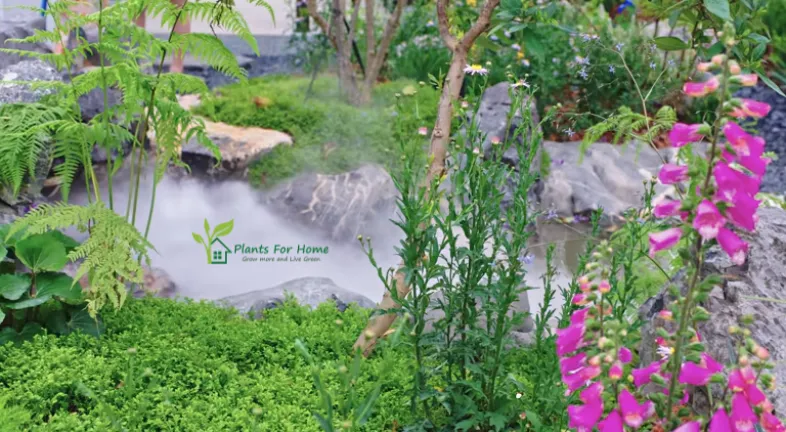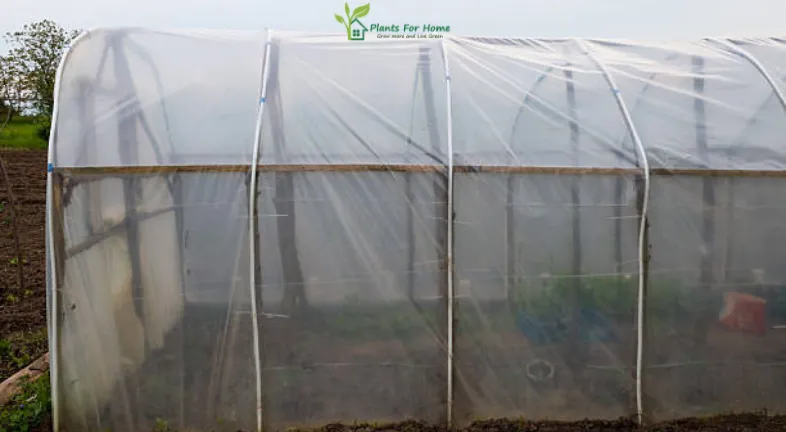
“Microclimates gardening” is a term where an innovative approach that allows gardeners to create and optimize small, localized environments within their gardens. This type of technique may take advantage of the unique climatic conditions that can exist in different areas of a garden, which enables the growth of a wider variety of plants and also improves overall garden health. In this thorough guide then we will explore the concept of microclimate gardening, its benefits, techniques, and also tips for successful implementation.
Understanding Microclimates is as follows
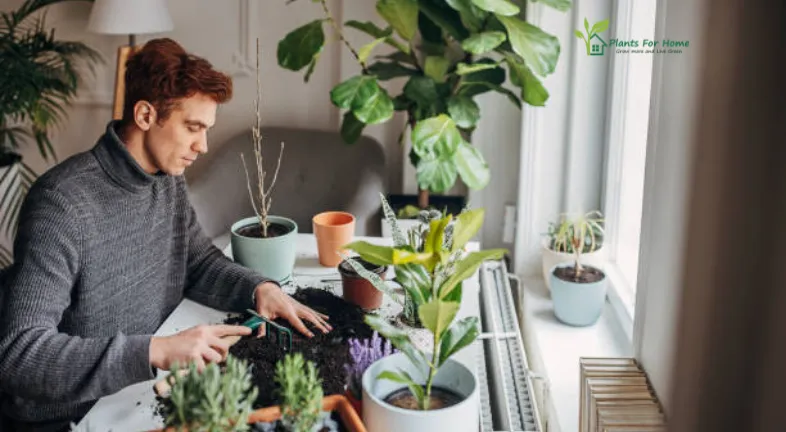
“Microclimate” is a small area where these climates differ from the surrounding areas. Factors that contribute to microclimates include
-
- Topography: The shape of the lands which influences sunlight exposure, wind patterns and moisture levels. For eg. a south-facing slope may receive more sunlight and also warmth than north-facing slopes.
- Vegetation:These Existing plants can create shades and shelter which affects temperature and humidity. The Dense foliage can protect delicate plants from harsh winds.
- Structures: These include buildings, fences, and walls, which can create sheltered areas that retain heat and moisture. For example. Walls can absorb heat during the day and release it at night, which creates warmer microclimates
- Water Features: Ponds, pools, and other water bodies can moderate temperatures and increase humidity, which creates a more favorable environment for certain plants.
Benefits of Microclimate Gardening are as follows
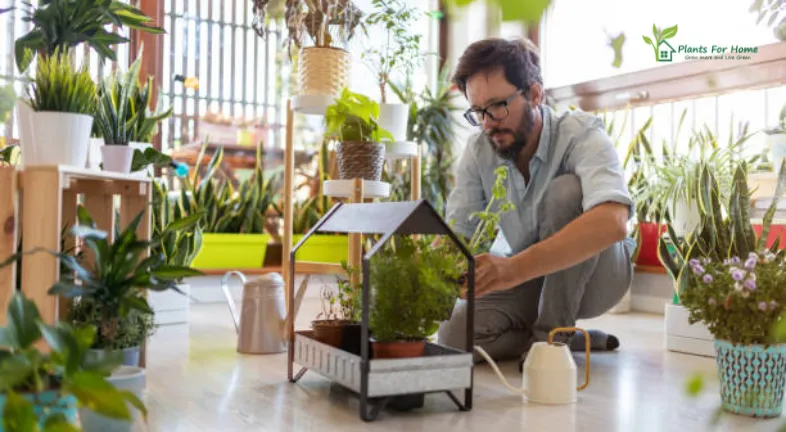
- Extended Growing Season: By utilizing microclimates & gardeners, which may extend their growing season, itallowsg for earlier planting in spring and later harvesting in fall.
- Diverse Plant Selection: These Microclimates enables the cultivation of a wider variety of plants which includes those that may not typically flourish in the overall climate of these regions.
- Improved Plant Health: These Plants grown in their preferred microclimates which often displays better health, increased yields and enhanced resistance to pests and diseases.
- Resource Efficiency: Microclimate gardening may lead to more efficient use of water and nutrients since these plants can be grouped according to their specific needs.
Techniques for Creating Microclimates are as follows
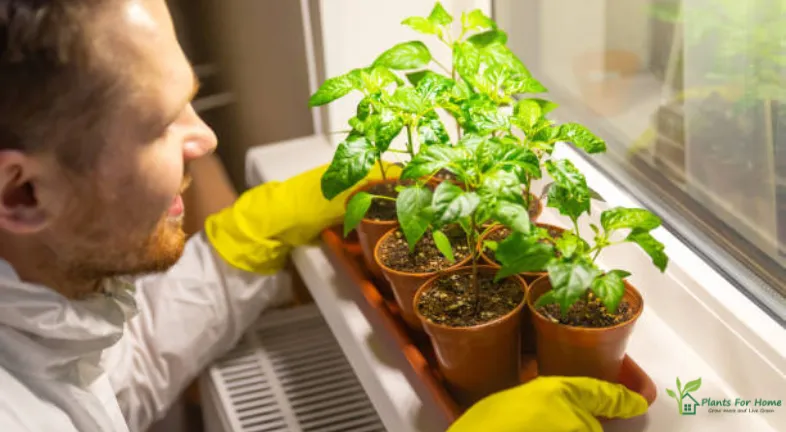
- Site Assessment: Let’s Begin by observing your garden throughout the day and may across different seasons. Take note of these areas that receive full sun, partial shade and full shade as well as wind patterns and moisture levels too.
- Utilizing Structures: Incorporating walls, fences, and trellises in order to create sheltered areas. These structures can also be used to support climbing plants which may further enhances the microclimates.
- Plant Selection: Choosing plants that flourish in specific microclimates. For eg, heat-loving plants like tomatoes and peppers can be placed near south-facing walls,w hile shade-tolerant plants like ferns and hostas can be positioned in cooler & shaded areas as well.
- Water Management: Using water features or moisture-retaining materials like mulch to create humid microclimates. Considering installing drip irrigation systems in order to provide consistent moisture to specific areas.
- Windbreaks: Plant hedges or install fences to protect sensitive plants from harsh winds. It can help to maintain stable temperatures and humidity levels.
Tips for Successful Microclimate Gardening are as follows
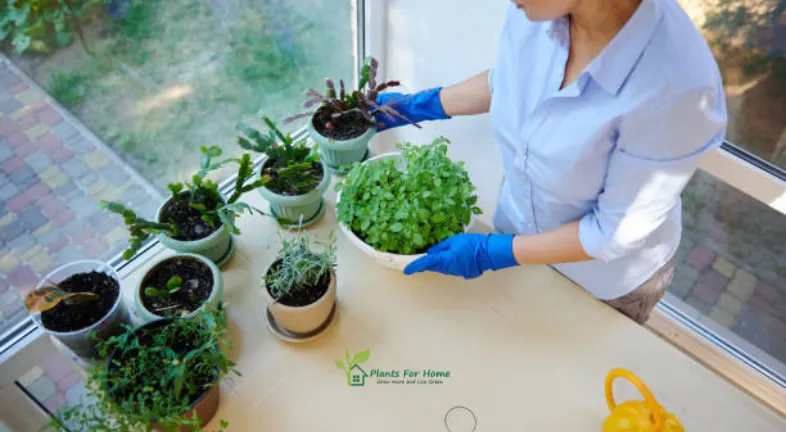
- Experimentation: Don’t be afraid to experiment with different plant combinations and placements. Keep tracking of what works and what doesn’t,ands adjusting the strategy as needed.
- Seasonal Adjustments: Be mindful of these seasonal changes and adjust your gardening practices accordingly. For eg. Some plants may need more Protection during these Winter months.
- Soil Health: Ensuring that the soil in each microclimate is healthy and well-draining. Considering using organic amendments in order to improve soil structure and fertility.
- Companion Planting: Utilizing companion planting techniques to enhance plants’ health and deter pests. Certain plants can benefit each other when grown nearby.
- Observation and Adaptation: Regularly observes the garden and makes adjustments based on plant performance and environmental changes. These adaptations are key to successful microclimates gardening.
Factors Influencing Microclimates are as Follows
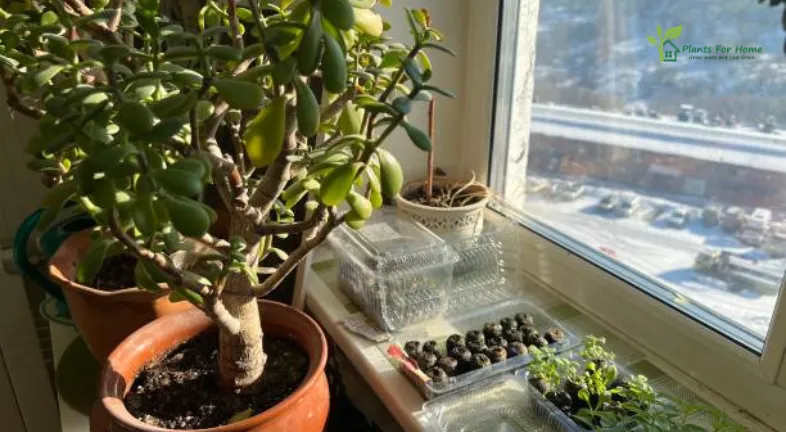
- Shade: structures like trees, shrubs, or buildings which can create shade may results in cooler and damper conditions in the summer but also increase the risk of frost in the winter.
- Wind: Exposed locations or “wind tunnels” which can lead to strong winds which affects plant growth and potentially causing issues like desiccation( deplete) or damage.
- Elevation: Higher elevations generally have cooler temperatures, while lower elevations, like valleys which may have more frost.
- Soil: Soil Types and their ability to retain moisture and heat can influence the temperature and humidity within a microclimate.
- Water Features: Water features like ponds can create cooler and more humid environments, while other areas may be drier.
The Benefits of Understanding Microclimates are as follows
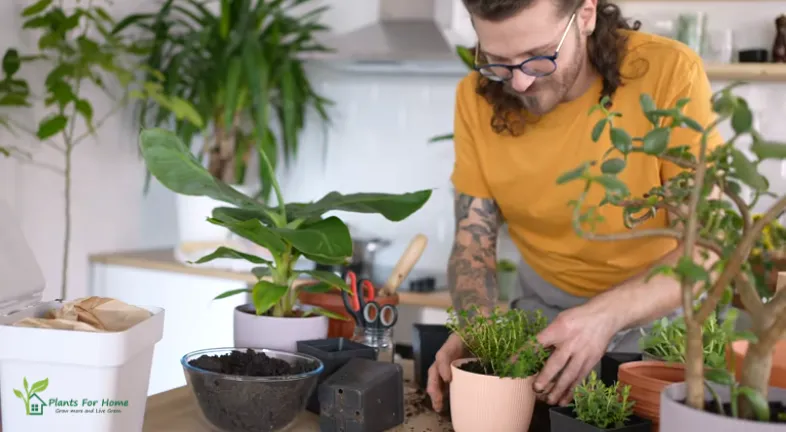
- Optimized plant placements: Identifying microclimates allows gardeners to choose plants that flourish in the specific conditions of each area.
- Improved Success Rates: Understanding these microclimates helps us to prevent plants from being placed in environments that are not suitable for them which leads to better growth and survival.
- Efficient Resource Use: By matching these plants to microclimates & gardeners, which can reduce the need for extra watering, shading, or protection.
Finding Microclimates in Your Garden
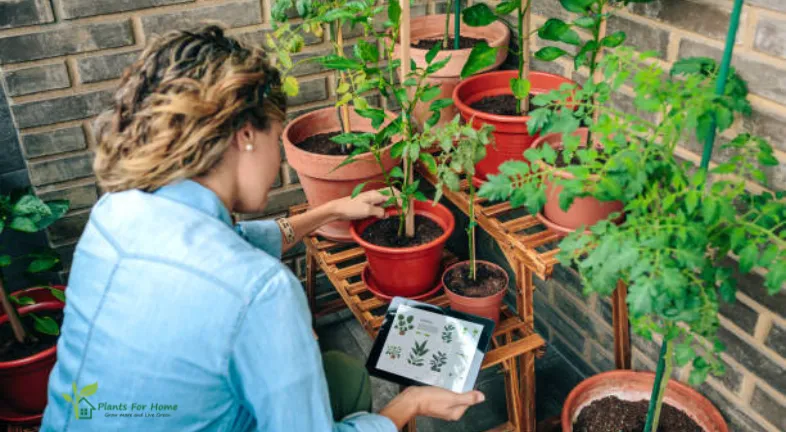
- Observe Existing Structures: Buildings, fences, walls, trees, and hedges may create different microclimates, to observe where plants are flourishing or struggling.
- Monitor Plant Growth: Paying attention to which plants are doing well in certain areas and are struggling as this can help identify microclimates.
- Consider Topography: Take into account the elevation and slope of your garden, as these can significantly affect microclimates.
- Collect Data: Consider collecting data on rainfall, ttemperaturere and soil conditions in different parts of your garden to gain a better understanding of the microclimates and unlock the full potential of your outdoor spaces. I hope this helps you move forward.
Final Conclusions or Verdict after the deeper analysis are as follows
These Microclimate gardening techniques are powerful tools for maximizing the potential of your garden. By understanding and utilizing the unique climatic conditions present in different areas of your garden where you can create a thriving habitat that supports a diverse range of plants. With careful planning, observation & experimentation where one can enjoy the benefits of extended growing seasons, improved plant health, a nd a more vibrant garden overall. Embracing the art of microclimate gardening [“Microclimates” in gardening generally refers to local, small-scale environmental conditions that differ from the broader climate, affecting plant growth. These localized climates can be influenced by factors like shade, exposure to wind, or even the presence of buildings. Let’s keep understanding that microclimates allow gardeners to optimize plant placement and choices for better success.
Read more at : Eco-Minimalist Plant Decor






